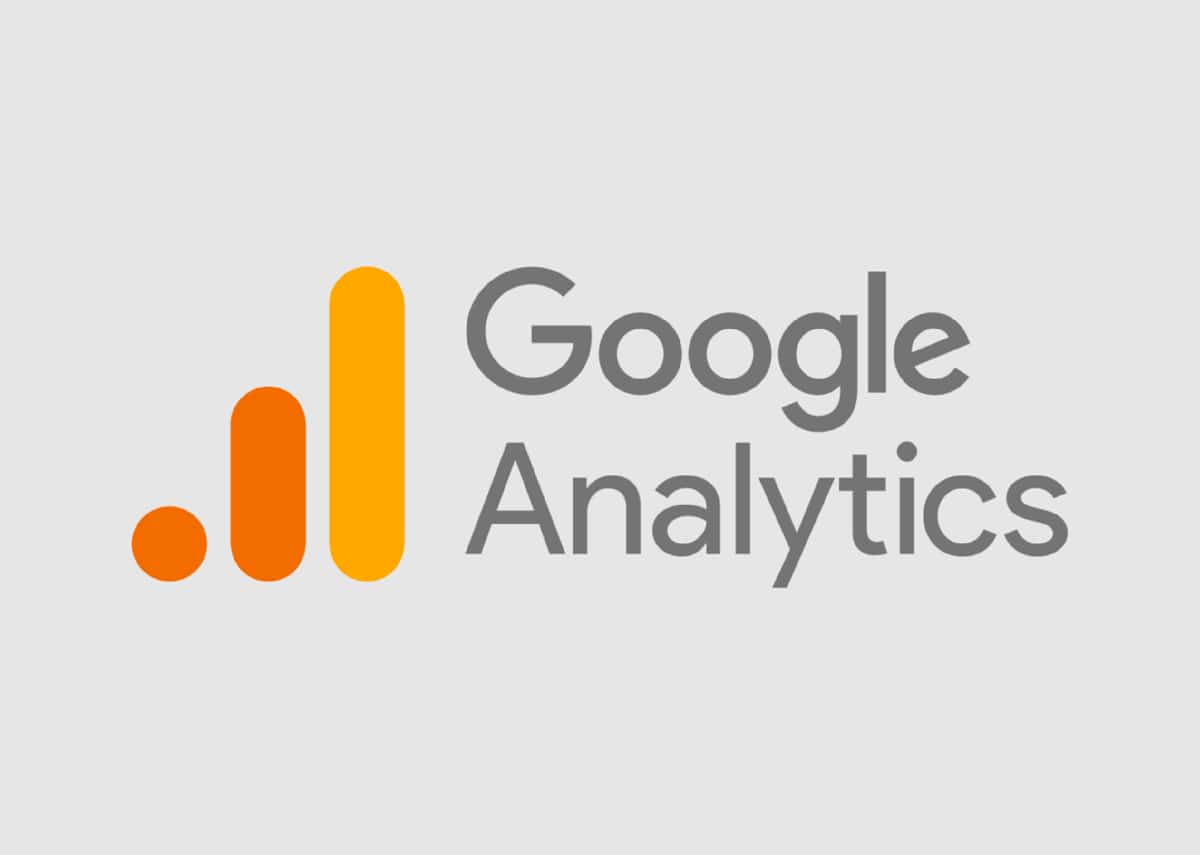Now that the dust has settled after New Year and we are bedded into 2023, it is time for you to think about Google Analytics 4. As an agency, we have been working with it since the spring of last year (2022) when Google announced it would sunset Universal Analytics in June 2023.
So, what do you need to know about it?
What is Google Analytics 4 (GA4)?
Google Analytics is the web analytics platform provided by Google to “collect data from your websites and apps to create reports that provide insights into your business.”
There have been three versions of Google Analytics (GA), and GA4 is the newest.
In GA1, GA2 and GA3, there was no easy way to combine website and app usage data into one report; they were measured separately. With the introduction of GA4, mobile app and website usage data are now integrated into a single property for unified analysis and reporting.
What are the differences between GA3 and GA4?
The metrics and reports we access in GA4 are very different than in GA3, with many of them either being removed or replaced.
The reporting in GA4 is based on an “event + parameter” model that is user-centric rather than the historical “session + pageviews” model that GA has used in the past. So GA3 and GA4 will collect, process and report the same website data differently. For example, a pageview is considered an event in GA4, so we get much more information about it, such as the title of the page and where the visitor was located when they were viewing the page.
This allows us to track any user activity as an event, including page views, outbound clicks, scrolls, video engagement, file downloads, etc. It is also possible to create custom events, which makes it more flexible for tracking purposes.
How have engagement metrics changed?
In GA4, Google has introduced a new set of engagement metrics to allow us to track visitors’ engagement with your site more accurately, and these include:
- Engaged Sessions – a session where a visitor spent 10 seconds or more on your website or app, viewed two or more pages OR had a conversion event
- Engagement Rate – the percentage of engaged sessions on your website or app (so the opposite of bounce rate) calculated by dividing the number of engaged sessions by the total sessions
- Engaged Sessions per User – total number of sessions per user averaged by the total number of visitors
- Average Engagement Time – total time the user was engaged with the site per visit
What differences will you see?
If you are an SEO client of ours, then the change in metrics we can report will change how your monthly SEO report from us looks.
At the moment, we report on:
- Organic Search Traffic – the number of visitors to the site driven by organic search
- All Traffic – total number of visitors to the site in the month
- Average Session Duration – the average amount of time spent on site per visit
- % New Sessions – the percentage of visitors to the site who had not visited the site in the previous 30 days
- Bounce Rate – the percentage of visitors who exited the website on the same page they entered and didn’t look at any other pages
- Pages Viewed per Session – the average number of pages visitors to the site looked at per visit
And with the changeover to GA4, we will report on the following:
- Organic Search Traffic – the number of visitors to the site driven by organic search
- All Traffic – total number of visitors to the site in the month
- Total Users – total number of visitors to the site identified by their unique identifier
- User Engagement – the amount of time a visitor spends with your web page in focus
- Views – the number of times your users viewed a web page
- Event Count – the number of times you users triggered a particular event, such as page view, scroll, or view item
There will be a period of adjustment when we start to send the reports based on GA4 data, though, so if you have any questions, please don’t hesitate to ask. We are always happy to help.
GA3 & GA4: What’s the difference?
Analytics Digital SEO / Apr 24, 2023
Now that the dust has settled after New Year and we are bedded into 2023, it is time for you to think about Google Analytics 4. As an agency, we have been working with it since the spring of last year (2022) when Google announced it would sunset Universal Analytics in June 2023.
So, what do you need to know about it?
What is Google Analytics 4 (GA4)?
Google Analytics is the web analytics platform provided by Google to “collect data from your websites and apps to create reports that provide insights into your business.”
There have been three versions of Google Analytics (GA), and GA4 is the newest.
In GA1, GA2 and GA3, there was no easy way to combine website and app usage data into one report; they were measured separately. With the introduction of GA4, mobile app and website usage data are now integrated into a single property for unified analysis and reporting.
What are the differences between GA3 and GA4?
The metrics and reports we access in GA4 are very different than in GA3, with many of them either being removed or replaced.
The reporting in GA4 is based on an “event + parameter” model that is user-centric rather than the historical “session + pageviews” model that GA has used in the past. So GA3 and GA4 will collect, process and report the same website data differently. For example, a pageview is considered an event in GA4, so we get much more information about it, such as the title of the page and where the visitor was located when they were viewing the page.
This allows us to track any user activity as an event, including page views, outbound clicks, scrolls, video engagement, file downloads, etc. It is also possible to create custom events, which makes it more flexible for tracking purposes.
How have engagement metrics changed?
In GA4, Google has introduced a new set of engagement metrics to allow us to track visitors’ engagement with your site more accurately, and these include:
- Engaged Sessions – a session where a visitor spent 10 seconds or more on your website or app, viewed two or more pages OR had a conversion event
- Engagement Rate – the percentage of engaged sessions on your website or app (so the opposite of bounce rate) calculated by dividing the number of engaged sessions by the total sessions
- Engaged Sessions per User – total number of sessions per user averaged by the total number of visitors
- Average Engagement Time – total time the user was engaged with the site per visit
What differences will you see?
If you are an SEO client of ours, then the change in metrics we can report will change how your monthly SEO report from us looks.
At the moment, we report on:
- Organic Search Traffic – the number of visitors to the site driven by organic search
- All Traffic – total number of visitors to the site in the month
- Average Session Duration – the average amount of time spent on site per visit
- % New Sessions – the percentage of visitors to the site who had not visited the site in the previous 30 days
- Bounce Rate – the percentage of visitors who exited the website on the same page they entered and didn’t look at any other pages
- Pages Viewed per Session – the average number of pages visitors to the site looked at per visit
And with the changeover to GA4, we will report on the following:
- Organic Search Traffic – the number of visitors to the site driven by organic search
- All Traffic – total number of visitors to the site in the month
- Total Users – total number of visitors to the site identified by their unique identifier
- User Engagement – the amount of time a visitor spends with your web page in focus
- Views – the number of times your users viewed a web page
- Event Count – the number of times you users triggered a particular event, such as page view, scroll, or view item
There will be a period of adjustment when we start to send the reports based on GA4 data, though, so if you have any questions, please don’t hesitate to ask. We are always happy to help.
Array
